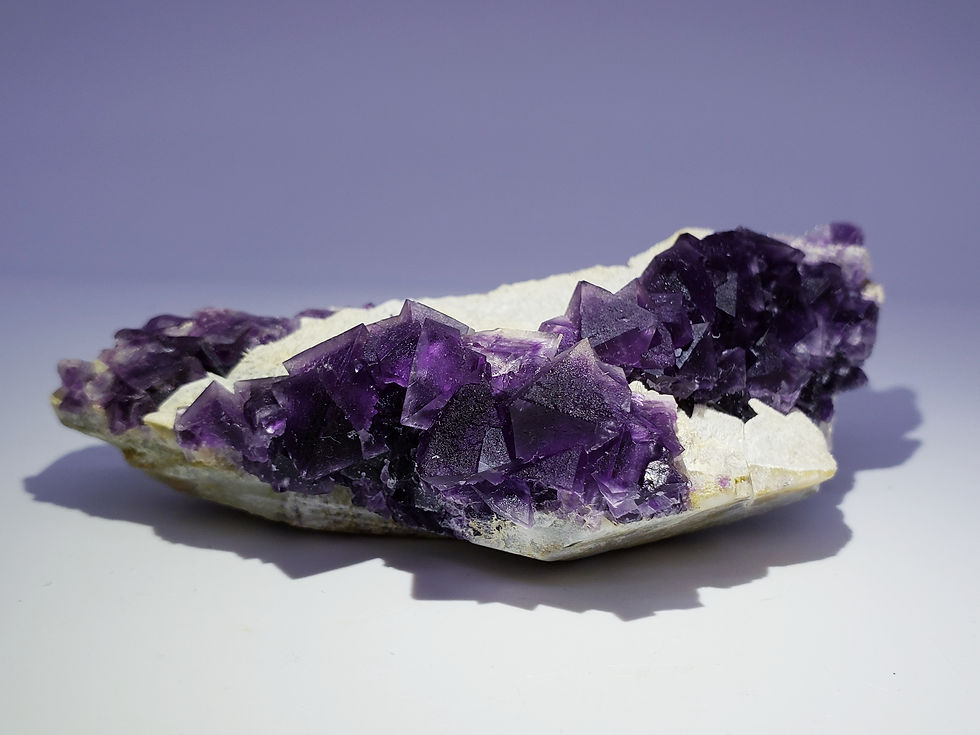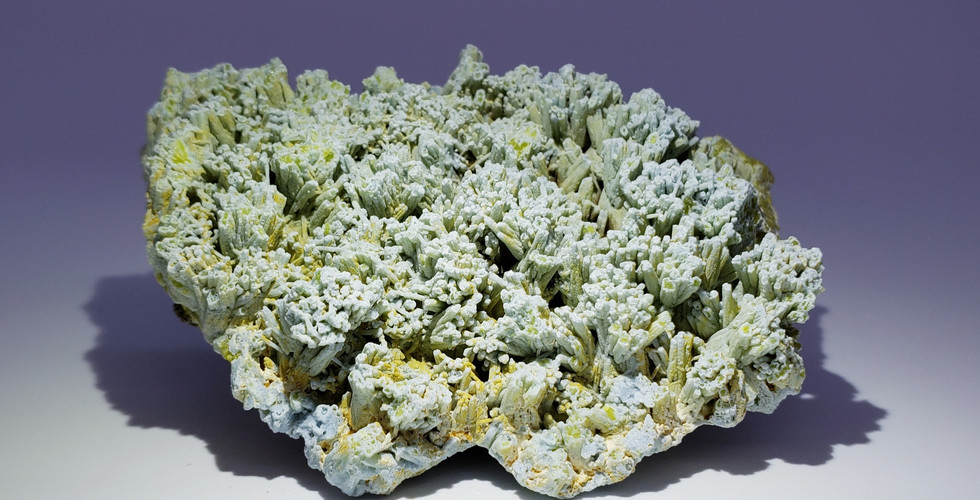China has thousand years of mining history, it’s been verified when the archaeologists discovered a stone age copper mine historical remains in the Daye’s Tonglushan Mine of around 5,000-year-old, what we don’t know is how mining was done but here’s a glimpse of the “miners at work” in the Ming Dynasty (1368-1644) where gigantic bamboo stick had been used for mining, depicted by a famous Ming Dynasty's Scientist Sung Ying Hsing (1587-1663) in his book “Exploiting the Works of Nature”:

With China’s opening up to the West since 1978, a flood of specimens has appeared on the world market from an increasing number of localities. It is not surprising at all since China is the world’s 3rd largest country in land area and most precisely, I would use the word “mountains” to describe its landscape. Around one third of the country are mountainous for example we have the famous Mt. Xuebaoding’s Scheelite and Cassiterite in Sichuan Province, the magnificent Fluorite from Yaogangxian Mine (Nanling Mountains) in Hunan Province and Spessartine Garnets on Smoky Quartz from Wushan Mine with which two third of the Fujian Province are surrounded by mountains. The relatively “flat” lands of China like the Inner Mongolia, Tibet (Qinghai area) and the Yunnan plateaus are the results of mountain-building orogenies.
I remember the first time my father took me to the minerals market in China there were two words I always hear – “laowai” (foreigner) and “ting bu dong” (I don't understand). That was the time when the market was still “door ajar” to the West and when the specimens were sold cheap by bargaining. It is only since 1978 the citizens have had the free time and money to engage in mineral collecting activities. Minerals shops with a wide range of fine quality specimens did not exist prior to 1978, specimens were sold on the street and back alley by the miners, that was how my father met his miner friends and to build the relationship from there.

It is interesting and fascinating to see how the influence from the West shapes the Chinese mineral markets. Nowadays, the financial elite and intellectual of the country valued crystals as art, miners form cultural groups which honored and studied the material they are mining, and most importantly, specimens are no longer sold cheap and cannot be purchased by bargaining, ouch!!
Below are some of the most significant finds and their representative minerals in China:
Anhui Province
Liufengshan Mine’s Azurite & Malachite

Fujian Province
Wushan Mine’s Spessartine Garnets on Smoky Quartz
Guangdong Province
Jinlong Mine’s Quartz with Hematite

Guangxi Province
Wutong Mine’s Rhodochrosite
Daoping Mine’s Pyromorphite

Yangshuo Mine's Plumbogummite and Pyromorphite
Guizhou Province
Qinglong Mine’s “QR Code” Fluorite
Tongren Mine’s Cinnabar on Dolomite
Hubei Province
Fengjiashan (Daye) Mine’s Calcite, Pyrite, Amethyst & Calcite

Hunan Province
Yaogangxian Mine’s Fluorite, Bournonite, Wolframite var. Ferberite, Quartz
Shangbao Mine’s Fluorite, Dolomite, Quartz, Calcite and Pyrite

Xianghuapu (Xianghualing) Mine’s Fluorite

Manaoshan Mine’s Calcite with Pyrite

Jiepaiyu (Shimen) Mine’s Realgar and Orpiment

Xikuangshan Mine’s Stibnite

Taolin Mine’s Sphalerite

Jiangxi Province
Dongxiang Mine’s Quart with Red Hematite Inclusions, Pyrite, Chalcopyrite, Dolomite

De’an Mine’s Fluorite

Wuling (Wuning) Mine’s Stibnite

Sichuan Province
Pingwu Mine (Mt. Xuebaoding)’s Scheelite, Cassiterite and Beryl var. Goshenite
Yunnan Province
Wenshan’s Hemimorphite, Fluorite and Gibbsite



Dayakou Mine’s Emerald

Hongquizhen Quarry’s Prehnite with Babingtonite

Inner Mongolia
Huanggang Mine’s everything!! Check out my Mongolian Treasures Collection :D









































Comments